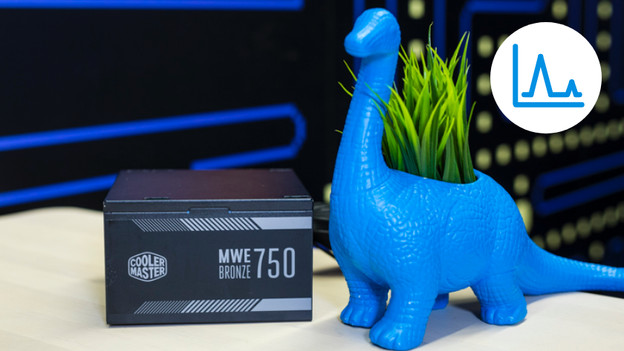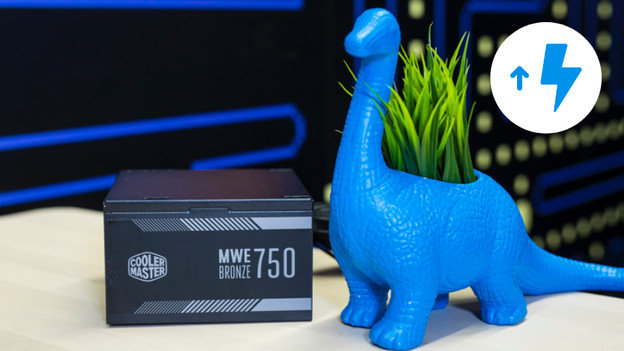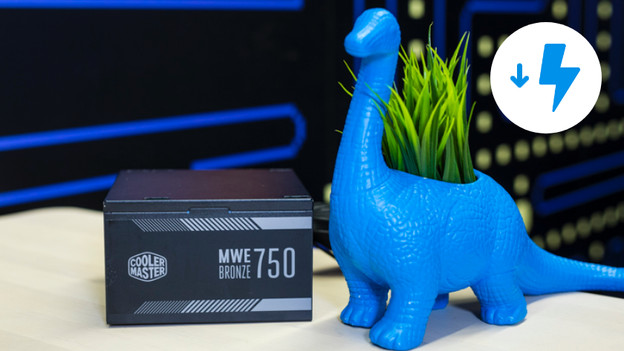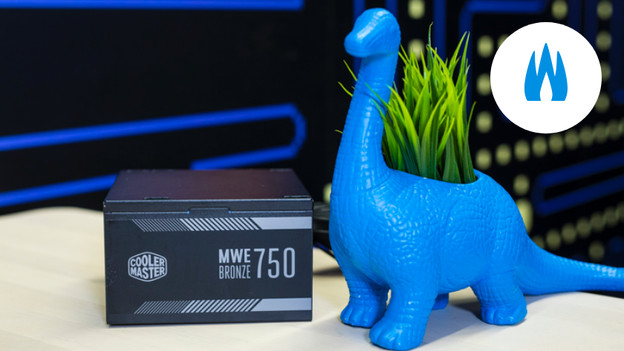
Written by Giorgos
Edited on
11 August 2023
·
11:45
How do you prevent power problems with your computer power supply unit?
Voltage problems are dangerous to the components in your computer. A computer power supply unit with overvoltage passes it on to the components. Your video card, processor, and storage will break down as a result. In this article, we'll explain how to prevent computer power supply unit voltage problems.

Types of voltage problems for a computer power supply unit
In total, there are 5 types of voltage problems that can occur with your PSU. These problems affect your computer power supply unit, but also the rest of your components.
- Power surges from your PSU temporarily stop or reduce the power supply to your other components.
- Overvoltage occurs when the voltage on a device is many times higher than normal, such as during lightning strikes.
- Undervoltage occurs when the voltage on a device is lower than normal, for example with a trapped wire or too low an amount of current.
- Short circuit occurs when there's direct contact between 2 loose wires, causing the current to increase. For example, because your power supply unit isn't connected properly.
- Overheating occurs when the hot air from the PSU doesn't dissipate properly. For example, when the computer case is too close to the wall.

Power surge protection
Voltage spikes occur when the voltage of your PSU is higher than usual. This often lasts for less than a second, but causes major damage. When your power supply unit goes above the voltage level, it also affects the rest of your components. As a result, it's possible that your power supply will break down, but also the rest of your components. Voltage spikes do less damage when cables aren't tangled up and have enough room. In addition, connecting your power supply to a grounded power strip helps.

Overvoltage protection
With overvoltage, the electrical voltage of your PSU rises far above the normal voltage. Most overvoltage happens after a lightning strike that's immediate or nearby. As with voltage spikes, a grounded power strip is the best solution. This'll prevent overvoltage of the computer power supply unit during a lightning strike, for example.

Undervoltage protection
Undervoltage is the opposite of overvoltage, but it's at least as dangerous for your PSU and other components. With undervoltage, the voltage is many times lower than normal. This reduces the supply to your components. Besides damaging your components, you'll also lose your unsaved work. You can prevent undervoltage with an emergency power supply. When the power supply fails, the emergency power supply powers your PC for a certain time and prevents damage to your components.

Short circuit protection
When you don't connect cables properly, there's a chance that a short circuit will occur. For example, if the power cable between your PSU and motherboard isn't connected properly. Short circuits aren't always harmful. But when multiple short circuits happen, it becomes a problem for your components. So make sure to regularly check that everything is in place, both the cables and the screws.

Overheating protection
Using your PSU creates heat, for example when you game at the highest settings. When the outlet of your power supply unit is too close to the wall, the hot air has no way out. Heat builds up inside your PC and then it overheats. This way, especially your video card and the processor could get damaged. Place your fans of your computer at least 10cm away from any obstacle for optimal air circulation. Also make sure to spray regularly with an air canister to make your components dust-free.
Article by Giorgos
Components Expert.
